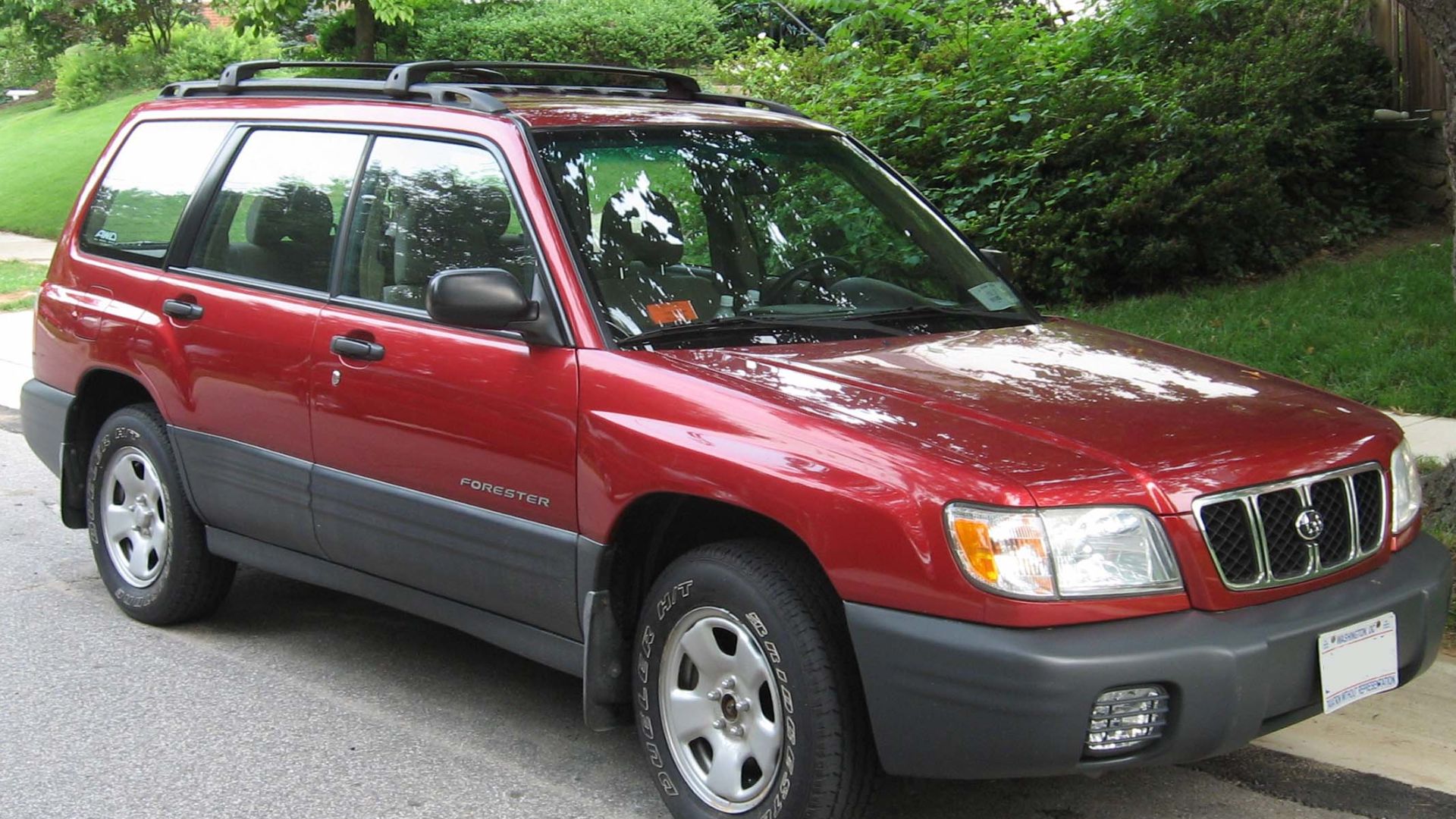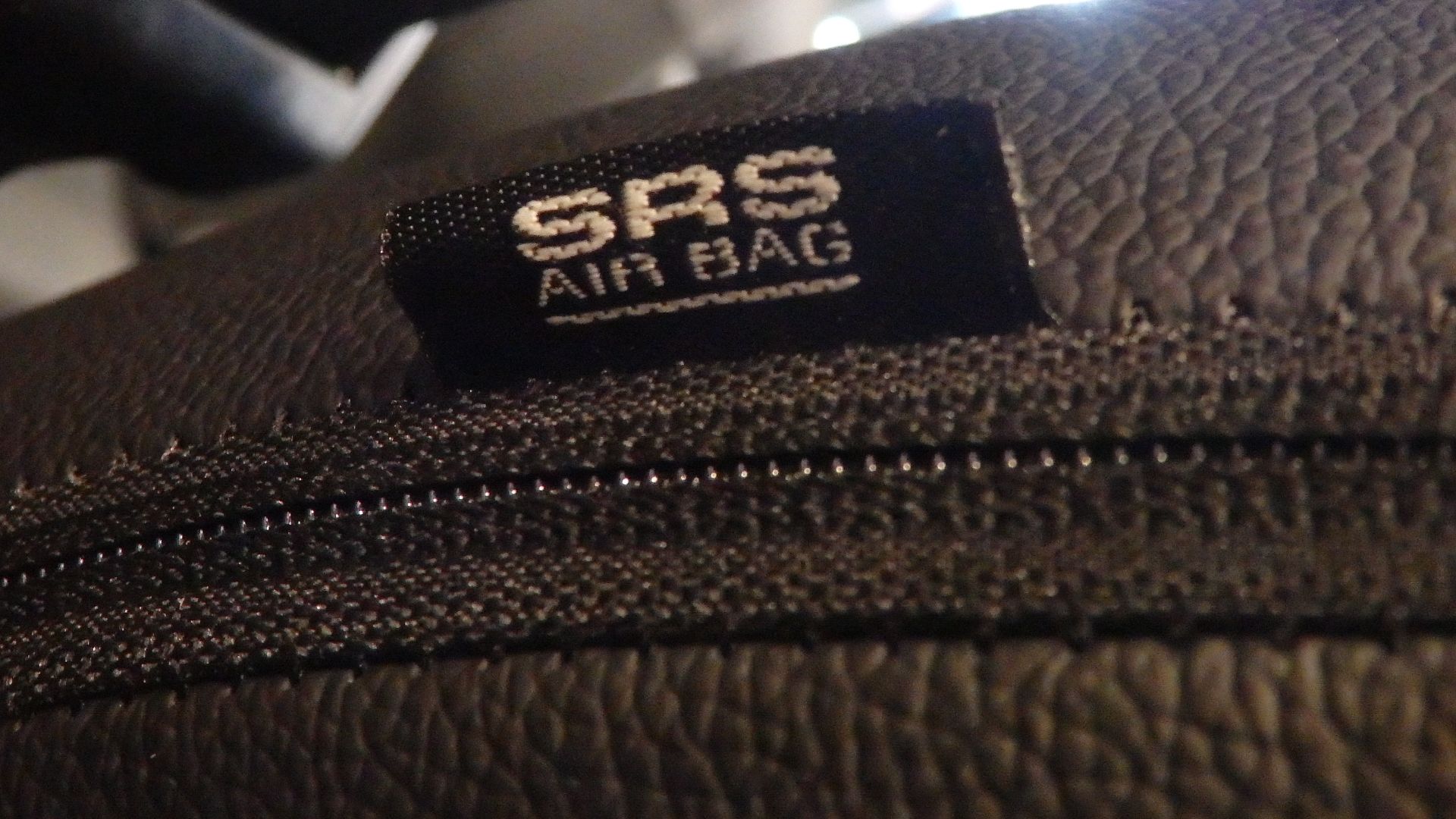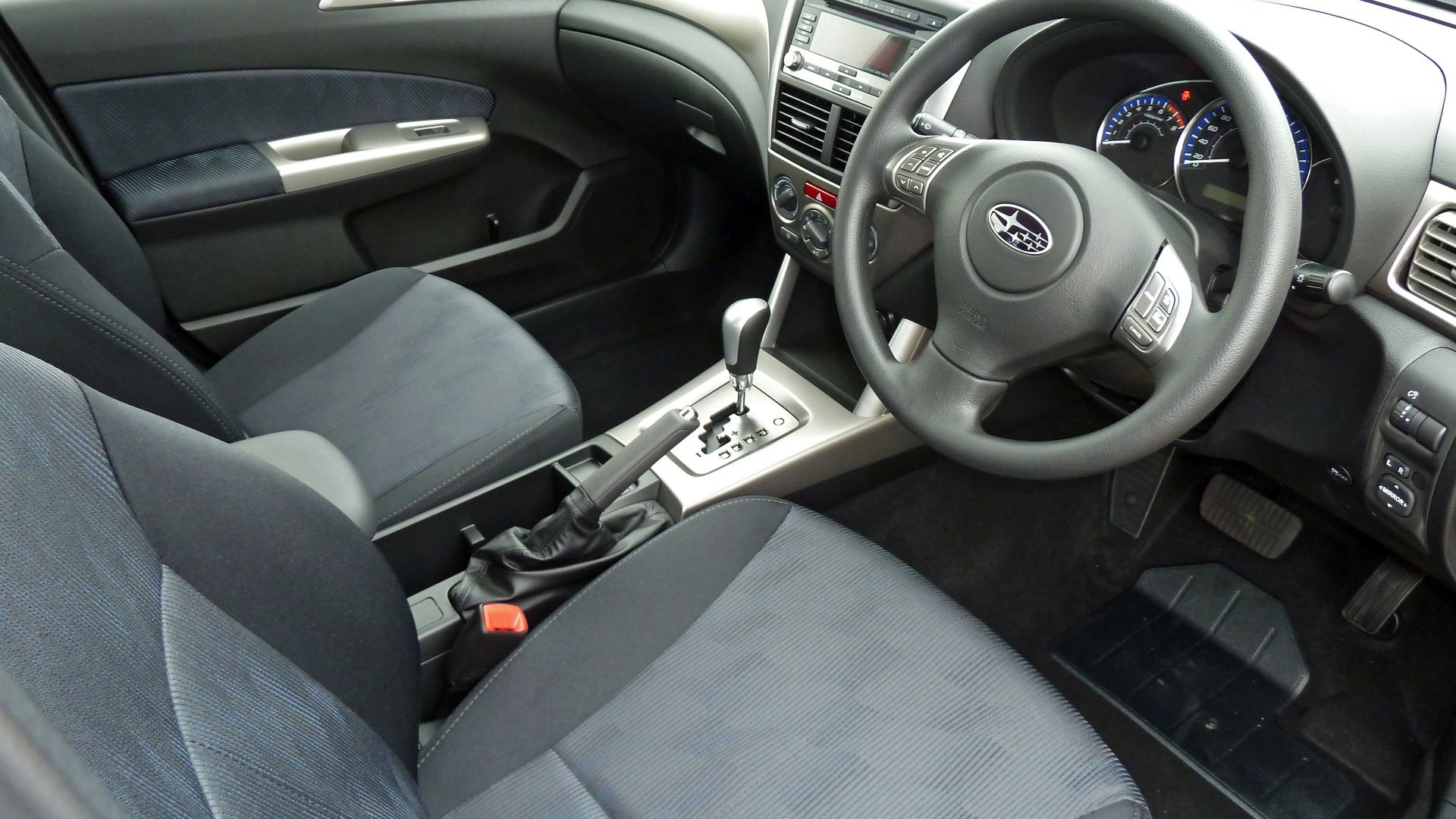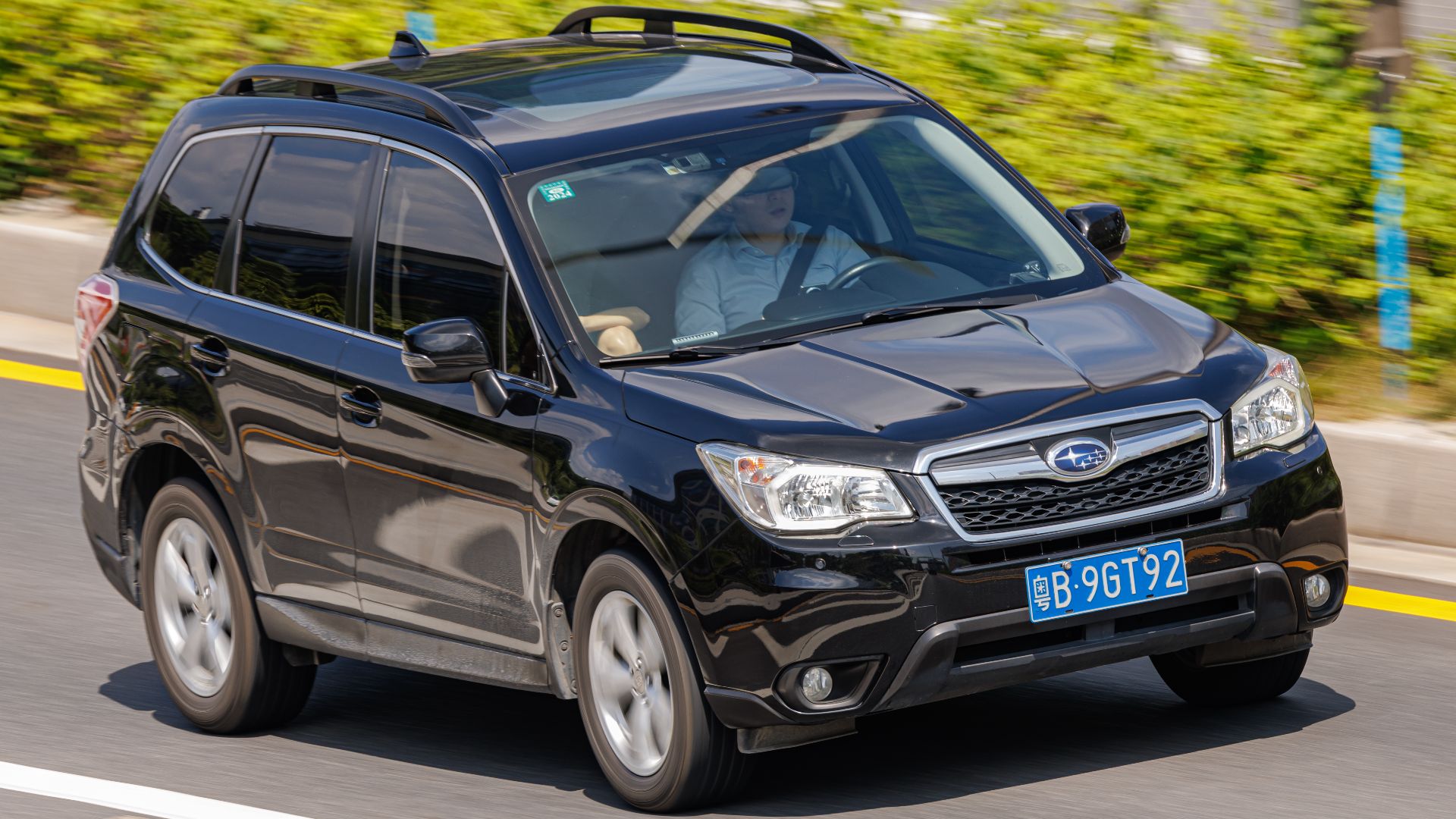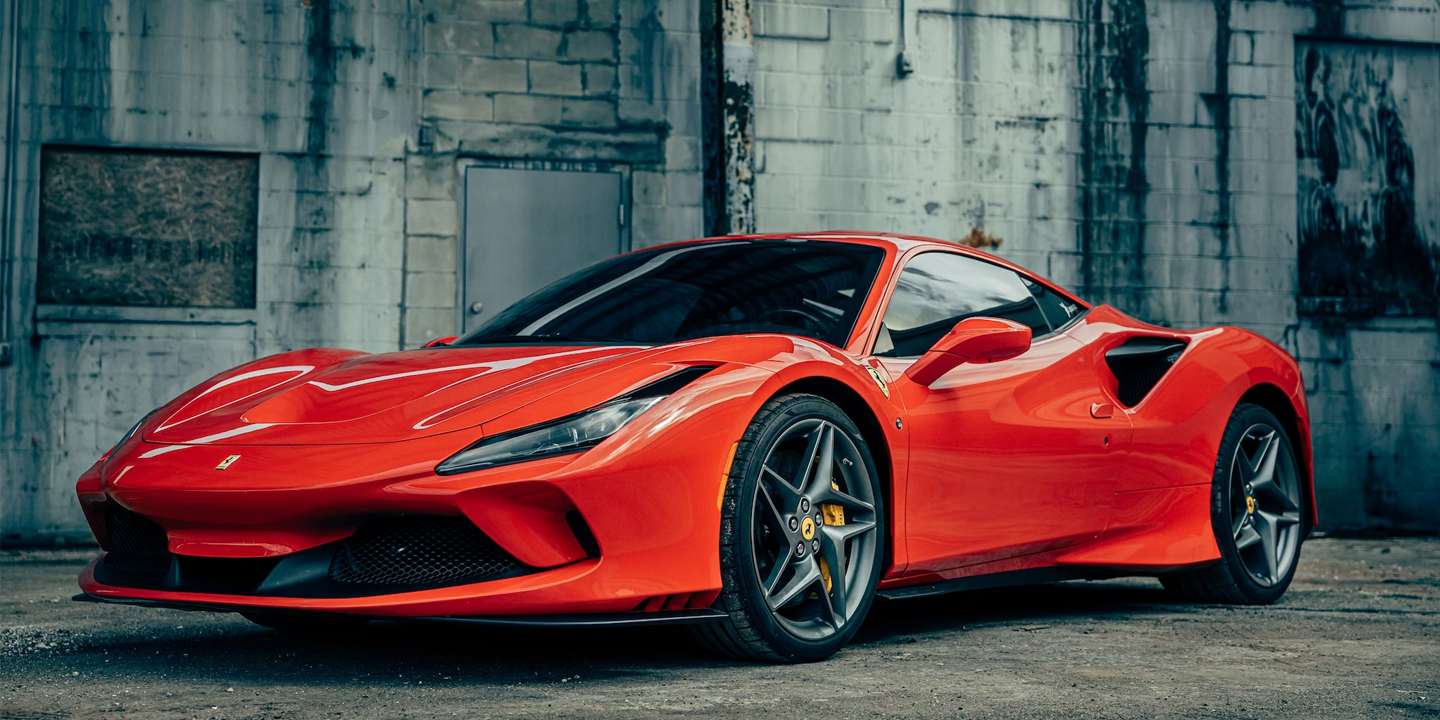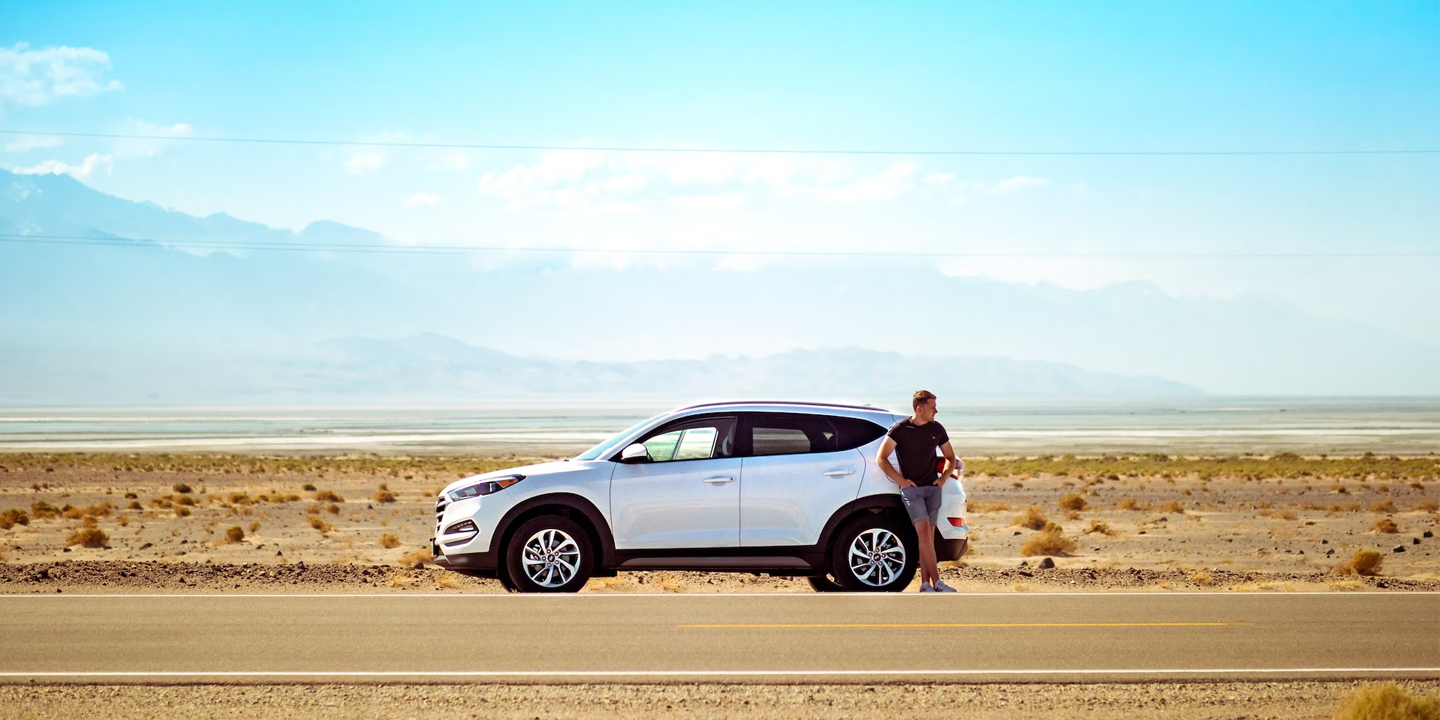A Love-Hate Story On Wheels
Few vehicles have stirred debate quite like the Subaru Forester has. For some, it was a faithful companion that carried them through snowstorms and road trips. But others saw it as a source of constant frustration. This contrast makes the Forester a fascinating vehicle with a wide spectrum of opinion. In this list, we explore 10 defining reasons why people hated it—as well as how it wasn’t so bad after all. Let's begin with the critiques.
 Should You Buy a 2025 Subaru Forester? Thorough Review By A Mechanic by The Car Care Nut Reviews
Should You Buy a 2025 Subaru Forester? Thorough Review By A Mechanic by The Car Care Nut Reviews
1. Cramped Rear Legroom Made Passengers Miserable
Rear passengers in the Subaru Forester often faced a cramped ride, especially compared to the Honda CR-V and Toyota RAV4. Taller riders likened the space to an economy-class seat. Subaru eventually addressed complaints with more rear legroom in later redesigns.
 Should You Buy a 2025 Subaru Forester? Thorough Review By A Mechanic by The Car Care Nut Reviews
Should You Buy a 2025 Subaru Forester? Thorough Review By A Mechanic by The Car Care Nut Reviews
2. Awkward Styling Split Opinions From The Start
Critics described the Forester’s boxy silhouette as utilitarian, and many owners admitted they loved how it worked but not how it looked. Subaru seemed to favor practicality over elegance, leaving style-focused buyers cold. However, the shape later improved cargo space and visibility.
3. Underpowered Engines Left Drivers Wanting More
Equipped with modest four-cylinder engines, many Forester models lacked the punch drivers wanted. Owners complained about sluggish highway merges and weak passing power. While turbocharged versions existed, they were costly and rare. Against sportier SUVs, the Forester’s performance seemed underwhelming.
 Should You Buy a 2025 Subaru Forester? Thorough Review By A Mechanic by The Car Care Nut Reviews
Should You Buy a 2025 Subaru Forester? Thorough Review By A Mechanic by The Car Care Nut Reviews
4. Road Noise Was Louder Than Rivals Allowed
Users consistently noted that road and wind noise intruded at highway speeds. The Forester’s boxy shape only amplified the wind, and many drivers eventually turned to aftermarket soundproofing. By contrast, rival SUVs offered quieter rides.
 Subaru Forester - 5 Reasons Why You SHOULD NOT Buy One! by Tech Triumph
Subaru Forester - 5 Reasons Why You SHOULD NOT Buy One! by Tech Triumph
5. Fuel Economy Fell Short Of Expectations
Real-world fuel economy often came in lower than EPA estimates. AWD systems, while useful, made the vehicle less efficient than front-wheel-drive rivals. Critics even described early models as having “SUV thirst” without SUV size.
 Subaru Forester - 5 Reasons Why You SHOULD NOT Buy One! by Tech Triumph
Subaru Forester - 5 Reasons Why You SHOULD NOT Buy One! by Tech Triumph
6. Outdated Infotainment Felt Years Behind
Subaru’s infotainment systems often lagged behind, frustrating buyers who saw rivals roll out touchscreens, smartphone integration, and better audio years earlier. Owners even compared the system to “a flip phone in a smartphone world.” Subaru took years to finally catch up.
 Should You Buy a 2025 Subaru Forester? Thorough Review By A Mechanic by The Car Care Nut Reviews
Should You Buy a 2025 Subaru Forester? Thorough Review By A Mechanic by The Car Care Nut Reviews
7. Cheap Interior Materials Disappointed Buyers
Inside the Forester, hard plastics and plain finishes gave off a budget vibe. Reviewers pointed out that other SUVs at the same price offered more upscale interiors. Many owners tried covering trim with aftermarket kits for a nicer look.
 Should You Buy a 2025 Subaru Forester? Thorough Review By A Mechanic by The Car Care Nut Reviews
Should You Buy a 2025 Subaru Forester? Thorough Review By A Mechanic by The Car Care Nut Reviews
8. Transmission Issues Plagued Early Generations
Early automatic transmissions in some Forester models were rough, and later CVTs drew criticism for lag and droning sounds. These frustrations led to lawsuits and recalls in the U.S. To calm concerns, Subaru extended CVT warranties.
 Subaru Forester - Best and Worst Years & Common Problems by car PROblems
Subaru Forester - Best and Worst Years & Common Problems by car PROblems
9. Handling Felt Sloppy Compared To Competitors
Foresters prioritized comfort and off-road ability, but on pavement, sharp handling was sacrificed. Rivals like the Mazda CX-5 earned praise for agility while testers described the Forester as “floaty” and “top-heavy.” Body roll was especially noticeable in quick turns.
 MUCH Better Off-Road! // 2025 Subaru Forester Review by Sarah -n- Tuned
MUCH Better Off-Road! // 2025 Subaru Forester Review by Sarah -n- Tuned
10. Rust Problems Showed Up Too Soon
In snowy states, Forester owners often saw rust appear earlier than expected. Road salt and thinner protective coatings were usually blamed. Trouble spots included wheel arches, frames, and exhaust systems. To fight back, some turned to frequent undercoating.
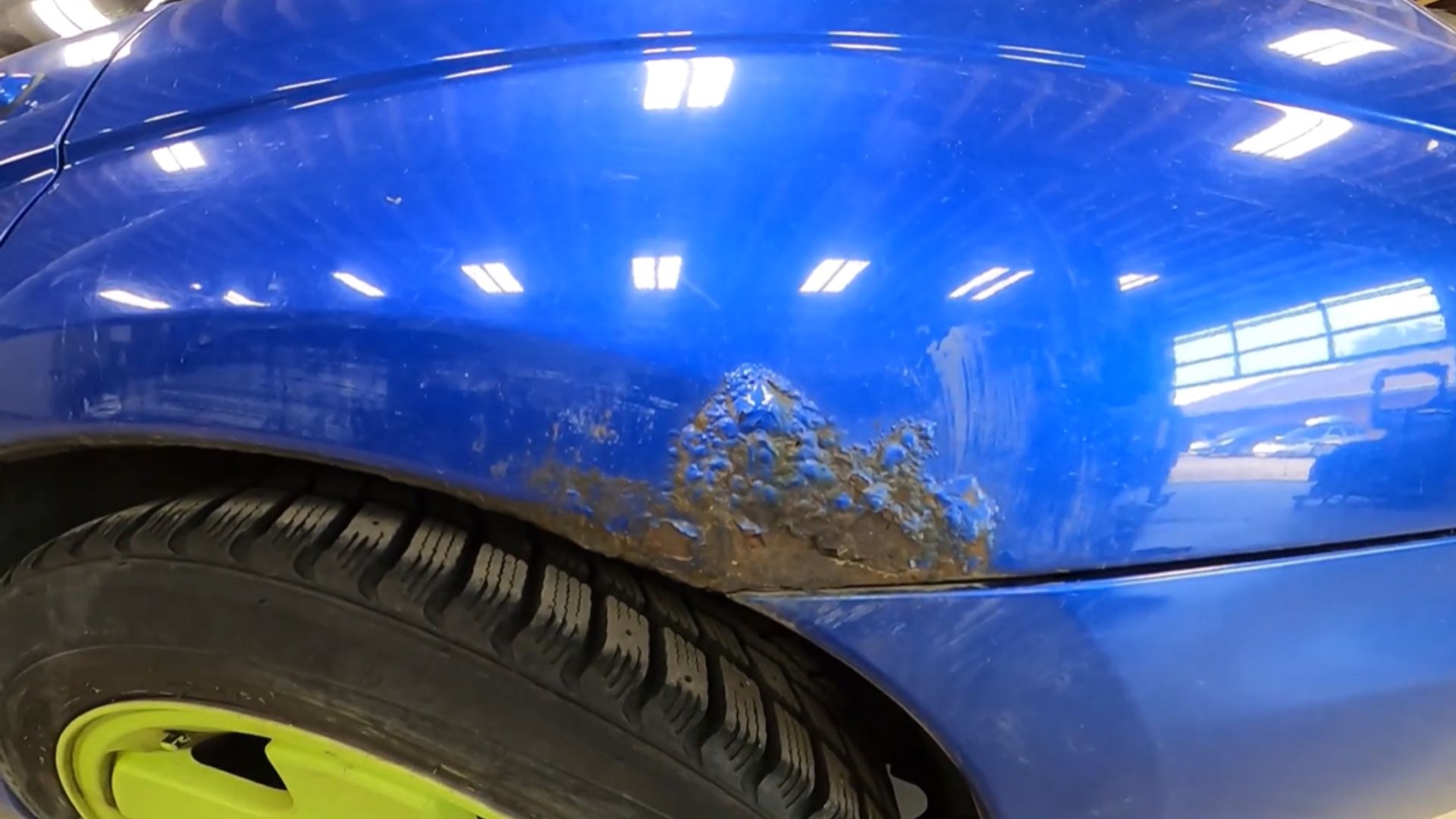 Subaru Forester XT - Rust Repair & Repaint - Subie Savers! by The Subie Sanctuary
Subaru Forester XT - Rust Repair & Repaint - Subie Savers! by The Subie Sanctuary
Now, let’s go over the Forester’s good sides.
1. Outstanding Visibility Thanks To Boxy Design
One of the Forester’s impressive qualities was its wide, clear view of the road. Thin roof pillars and upright windows made it possible. Reviewers consistently ranked its visibility among the best in its class, and parents valued the easy sightlines for parking or blind spots.
2. Huge Cargo Space Beat Most Competitors
When it came to carrying gear, the Forester shone. Its boxy design allowed tall or bulky items to fit with ease, giving it more cargo room than rival compact SUVs. Subaru marketed the Forester as adventure-ready partly because of this feature.
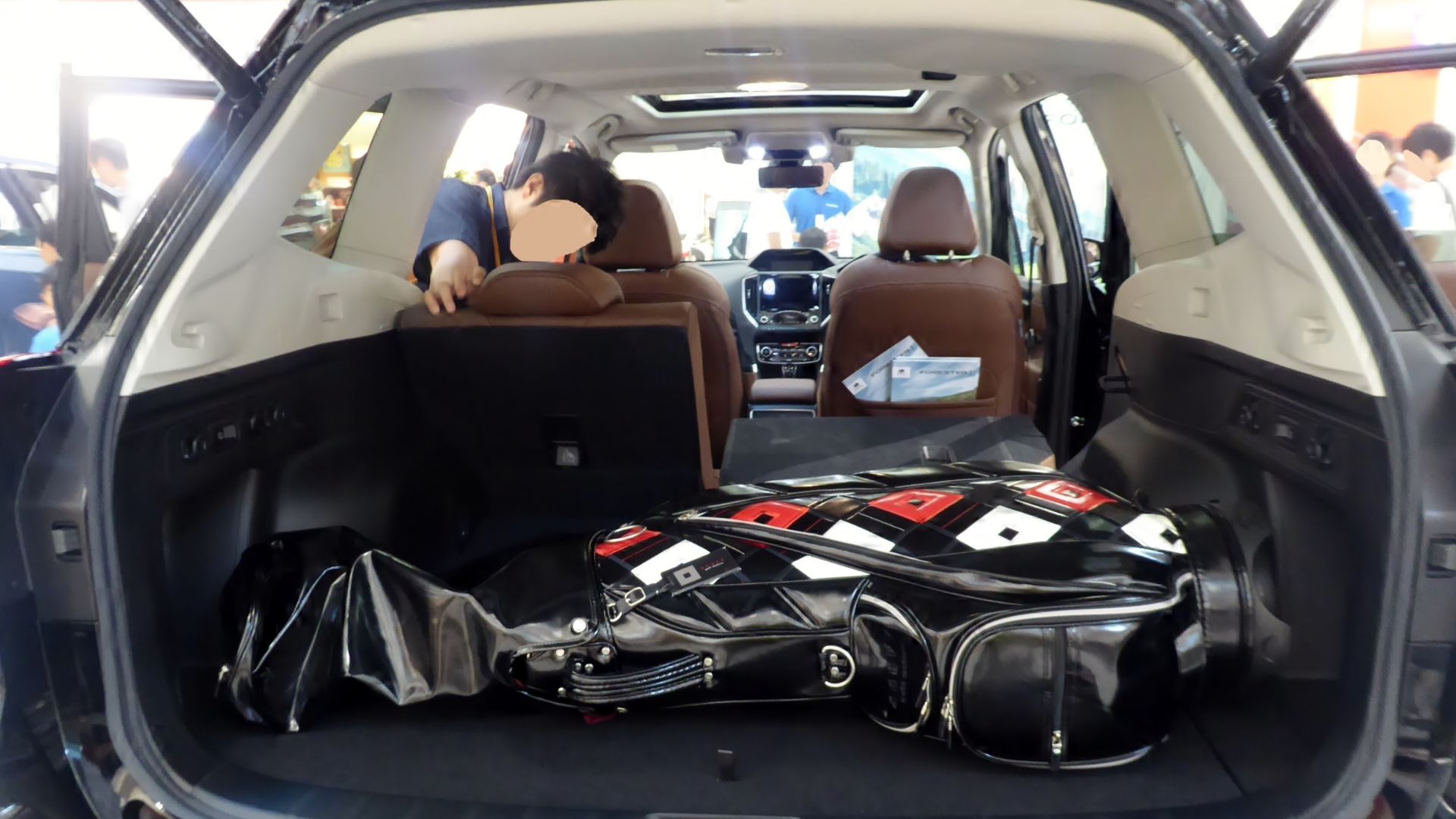 Tokumeigakarinoaoshima on Wikimedia
Tokumeigakarinoaoshima on Wikimedia
3. Standard All-Wheel Drive Came At No Extra Cost
Unlike competitors that charged extra, Subaru included AWD as standard on every Forester trim. This boosted driver confidence in rough weather or challenging roads. Owners often bragged about passing stuck vehicles in winter storms.
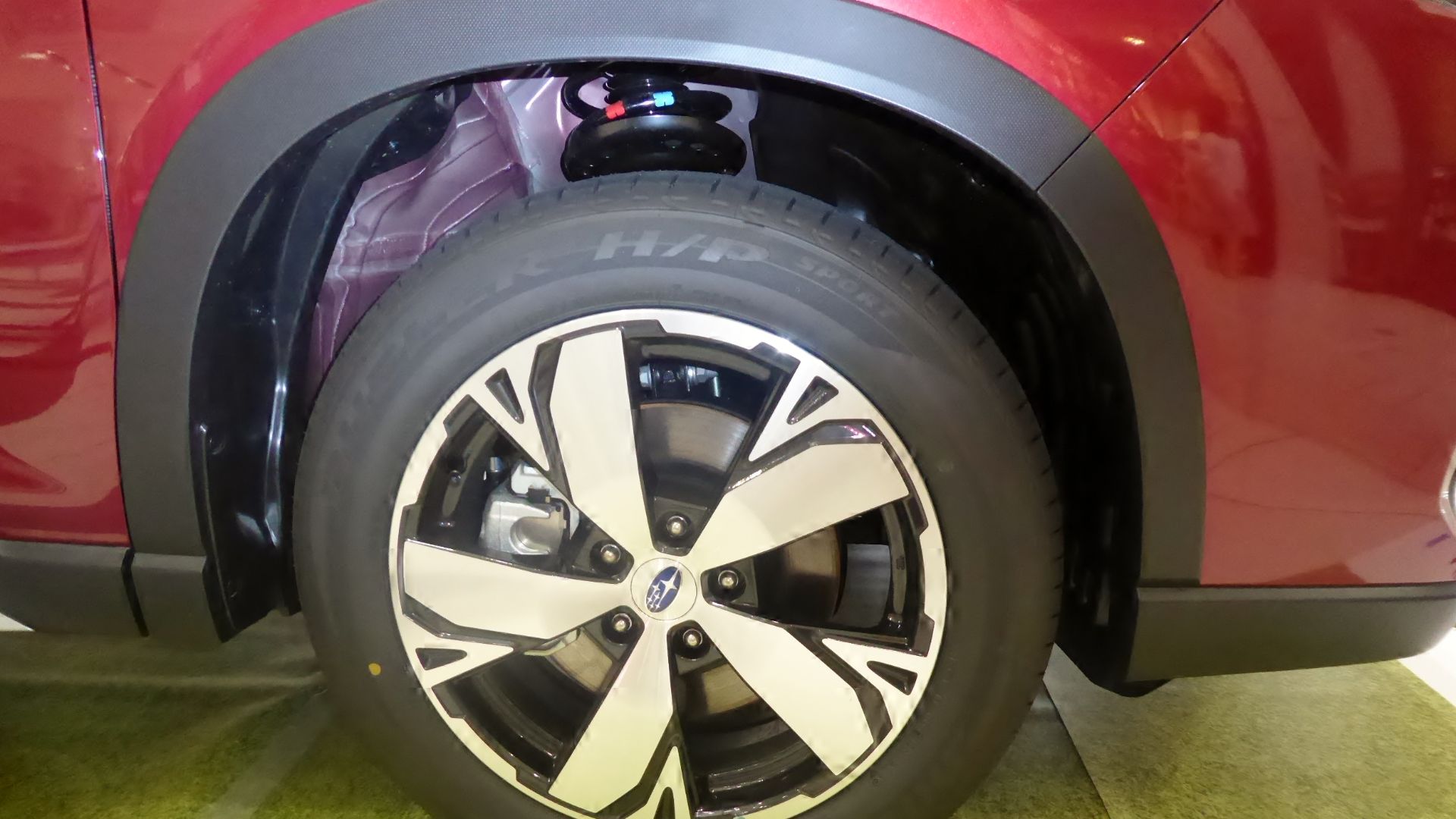 Tokumeigakarinoaoshima on Wikimedia
Tokumeigakarinoaoshima on Wikimedia
4. Excellent Safety Ratings Reassured Families
Safety was a Forester strength that families noticed. Top crash-test scores from IIHS and NHTSA built confidence, while reinforced frames and airbags came standard across trims. Parents often ranked safety as their main buying reason.
5. High Ground Clearance Made It Adventure Ready
The Forester had more ground clearance than many compact SUVs, and that made it capable off-road. Camping trips and mountain drives became easier thanks to this feature. This made it a favorite choice for National Park road trips.
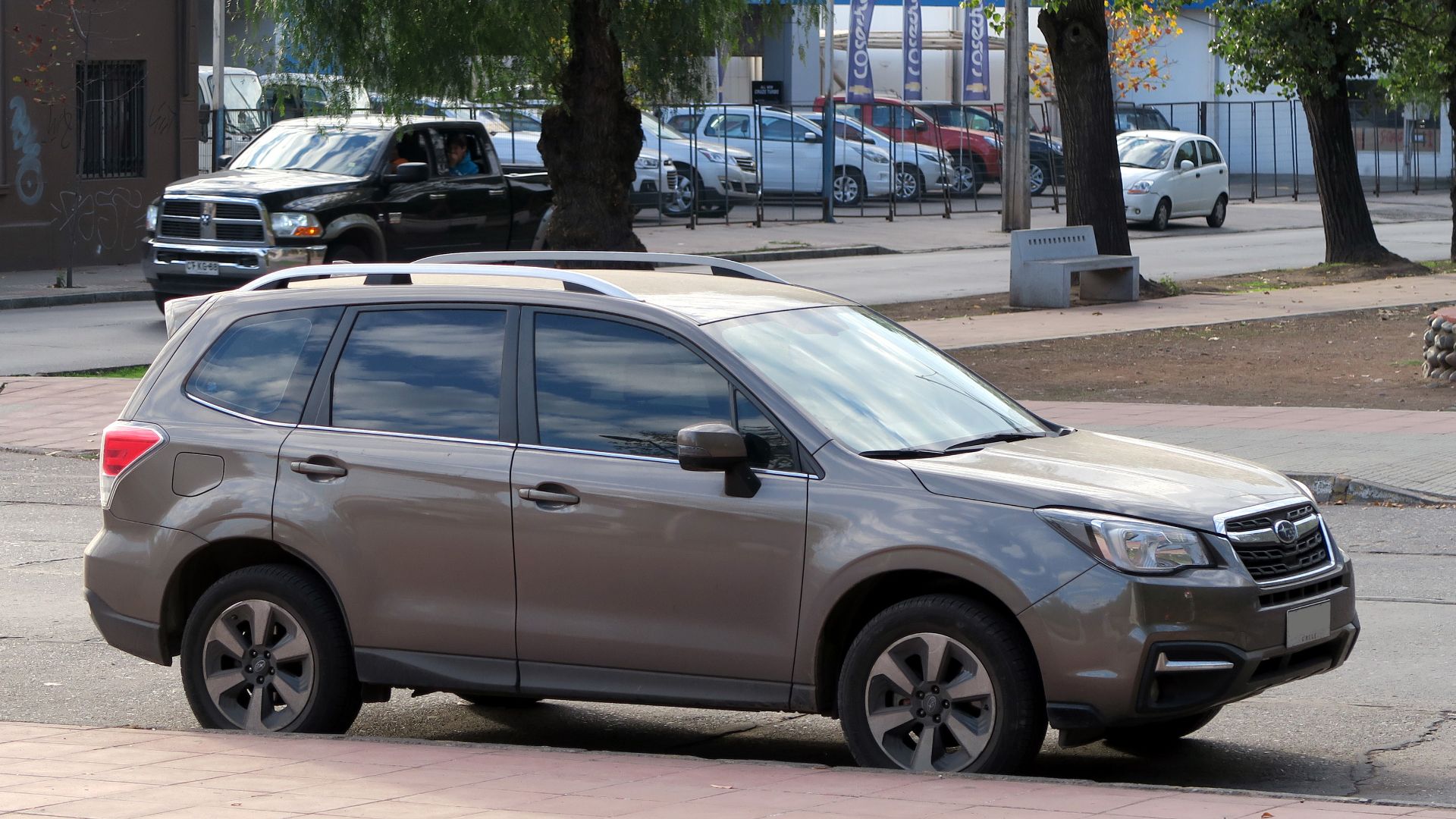 RL GNZLZ from Chile on Wikimedia
RL GNZLZ from Chile on Wikimedia
6. Comfortable Seating Supported Long Road Trips
On long journeys, the Forester proved itself with supportive seat cushioning that helped reduce fatigue. Reviewers frequently noticed the difference over extended drives. Heated seats boosted comfort further, and tall drivers praised generous headroom from the boxy roofline.
7. Solid Resale Value Surprised Used Car Buyers
Foresters consistently held their value better than many competitors, leaving used buyers shocked at older models’ high prices. Subaru’s loyal fan base kept demand strong in the resale market. Even high-mileage examples often sold quickly.
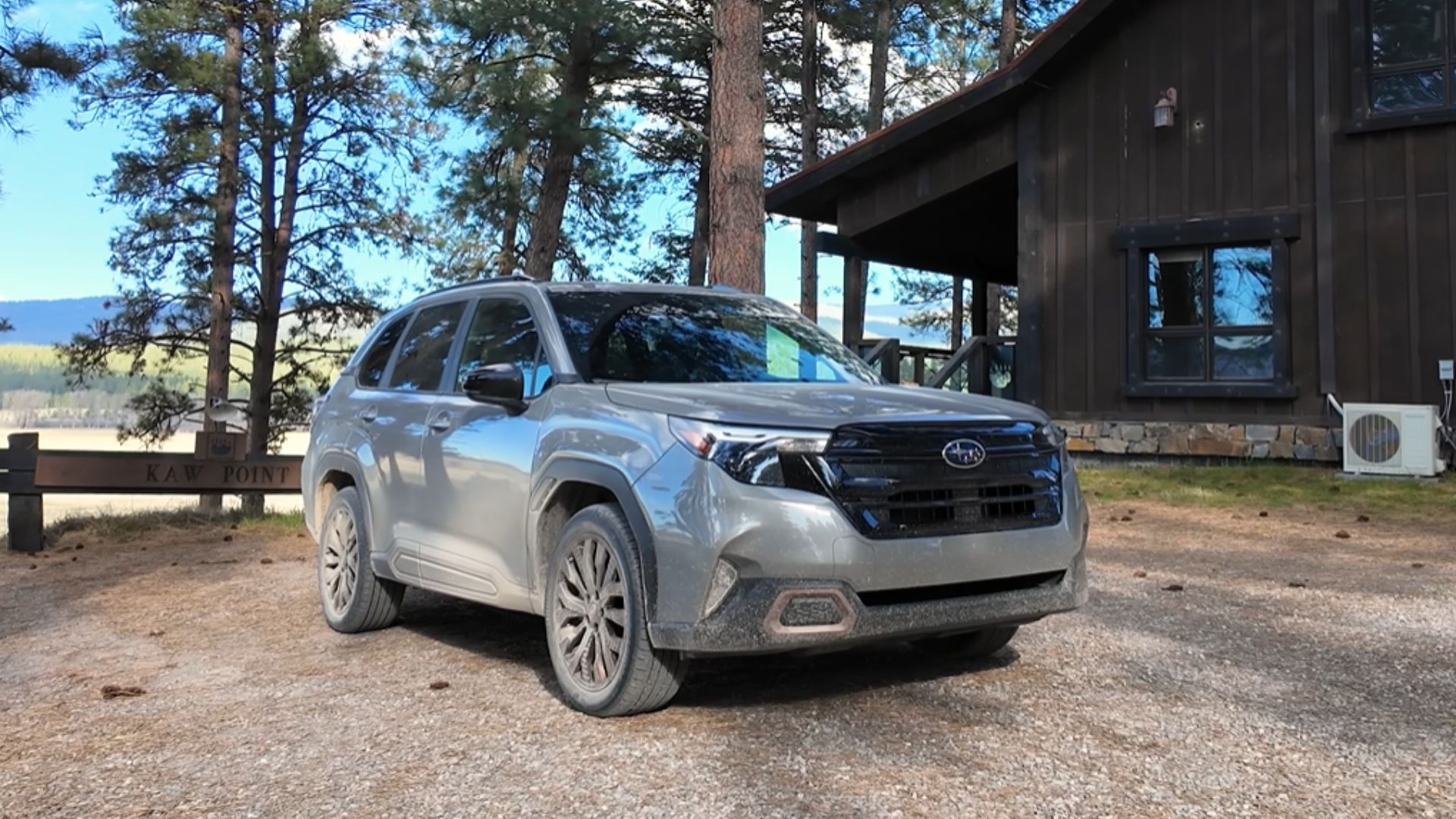 2025 Subaru Forester | First Drive by Kelley Blue Book
2025 Subaru Forester | First Drive by Kelley Blue Book
8. Easy Maneuverability Fit Tight City Streets
Despite its SUV form, the Forester felt right at home in crowded cities. A smaller turning radius than many rivals made parking simple. City dwellers often chose it over bulkier SUVs for daily errands, and owners said it felt “car-like” in traffic.
9. Long Lifespan When Well Maintained
Foresters built a reputation for longevity, with many surpassing 200,000 miles when properly cared for. Users often told stories of driving the same car for more than a decade, and Subaru fan groups even bragged about “million-mile” Foresters.
10. Practical Roof Rails Boosted Utility
Roof rails gave the Forester an edge in versatility, allowing easy mounting for bikes, kayaks, and cargo boxes. Subaru even marketed accessories to adventurous buyers who needed more carrying power. Families praised how convenient it was for vacation gear.


